FLOOD DAMAGE! TEMPORARY LOCATION AS OF 9/8/25: 1111 SE STEPHENS ST inside the Premier Care Chiropractic clinic.
Conditions We Treat
Pain and limitation don’t have to be your “new normal.” At Neighborhood Chiropractic & Acupuncture, we understand how frustrating it can feel when your body does not feel or move the way it should. That’s why we take a comprehensive, hands-on approach to find out what’s really causing the problem. From back and neck pain to auto accident care, sports injuries, headaches, and beyond, we offer care designed to help people move better, feel better, and live pain-free.
Auto Accident Injuries
Car accidents of all speeds can cause injury and pain. It is often thought that lower speed collisions are no big deal and won’t cause lasting pain. In fact, research shows that slower speed collisions actually transfer more energy to your body, instead of to the vehicle, as often happens at higher speeds.
In Oregon and Washington, you do not need a referral from any doctor to receive chiropractic or acupuncture care for your auto accident injuries.
Sciatica
Sciatic pain can range from being an annoyance to debilitating pain. True sciatic pain is pain that begins in the buttocks and travels down the back of your leg, as it follows the course of the sciatic nerve. The sciatic nerve is formed by nerves that branch out of the lower back on each side of your spine, become one large nerve in each buttock, and then travel down the back of the leg.
If the sciatic nerve becomes sensitive, no matter the cause, it can create local pain in the lower back or pain radiating to any point down the buttocks or leg.



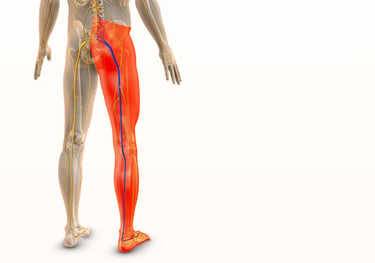
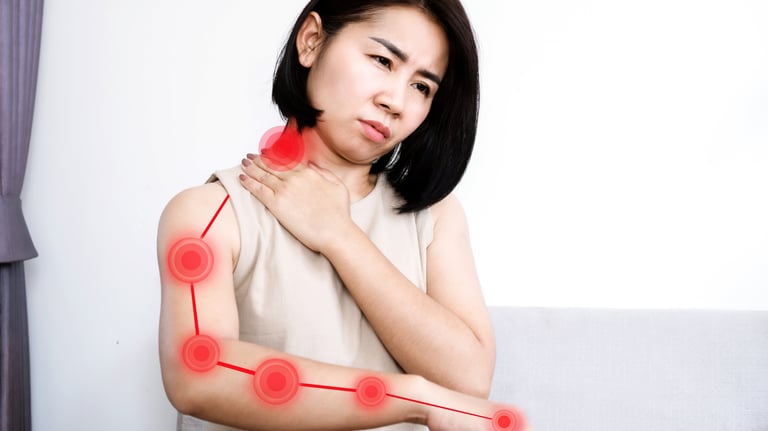

Pinched Nerve
A pinched nerve occurs when surrounding tissues, such as muscles, tendons, or even general inflammation, compresses a nerve, causing it to fire more pain signals. This can lead to pain, tingling, numbness, burning, or weakness anywhere "downstream" of where the nerve is pinched. A nerve can be pinched anywhere along its path, from where it forms in the spine, to the tips of your fingers or toes.
Tendinitis
Tendinitis is inflammation or irritation of a tendon. It is often caused by overuse or repetitive movement, a sudden increase in physical activity, whether it be something new or a return to something you used to do. Common areas include the shoulder, elbow, hip, knee, and ankle. Symptoms may include pain and tenderness, stiffness, and can be mild to severe.
There is common misconception that tendinitis requires rest, but research shows tendons love and need load to heal. Appropriate treatment of tendinitis requires reducing the sensitivity, and then building up the tendon's tolerance to the loads of your daily life.
Low Back Pain
Back pain is the number one reason people visit the chiropractor. Pain in the lower back can be from a variety of factors, including a muscle spasm or strain, restricted or inflamed joints, or a sensitive or pinched superficial nerve.
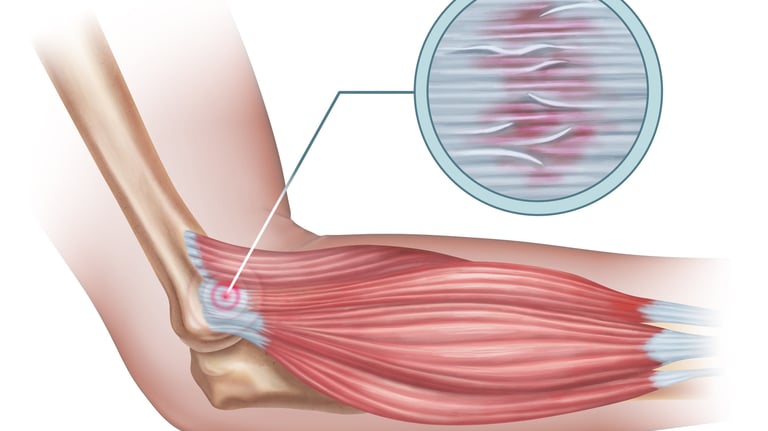



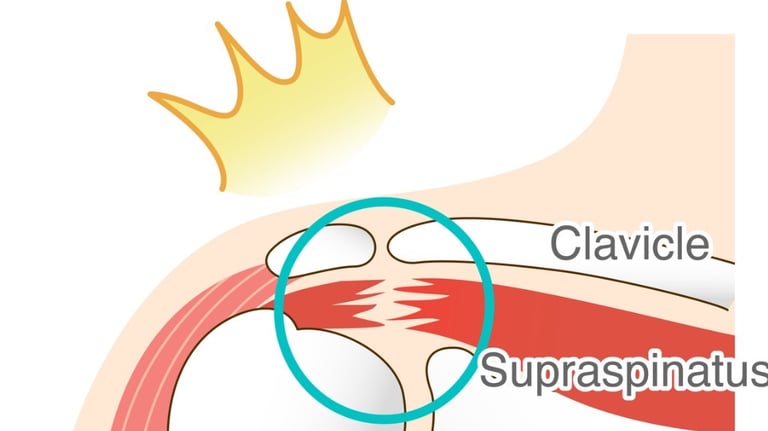

Rotator Cuff Injuries or Tears
Rotator cuff injury or tear affects the group of muscles and tendons that stabilize your shoulder joint. This can cause shoulder pain, weakness, limited mobility, or painful clicking, especially when lifting your arm.
Neck Pain
Neck pain and stiffness are common reasons to seek chiropractic care, acupuncture, and massage therapy. Between sitting at our desks, using laptops, tablets and phones, we are spending increasing amounts of time with our necks in one position for extended periods of time. This can lead to sensitivity of the joints and ligaments, muscles and tendons, fascia, and nerves in our neck.
Headaches & Migraines
Headaches and migraines can both be debilitating. There are a variety of kinds of headaches, with tension headaches and cervicogenic (coming from the neck) being the most common. While migraines are intense headaches that typically occur on one side of the head, and can cause throbbing pain, nausea, and sensitivity to light or sound.
Any headache or migraine can be triggered by the joints or ligaments, muscles or tendons, fascia, superficial nerves in your neck, stress, hormonal imbalances or changes, or even food or environmental factors.
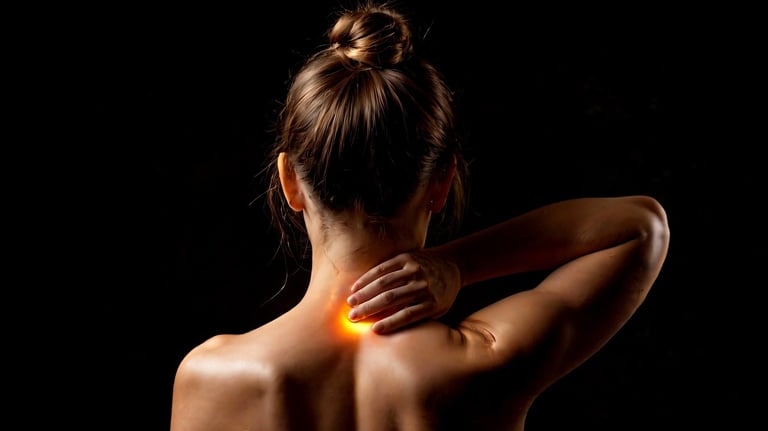



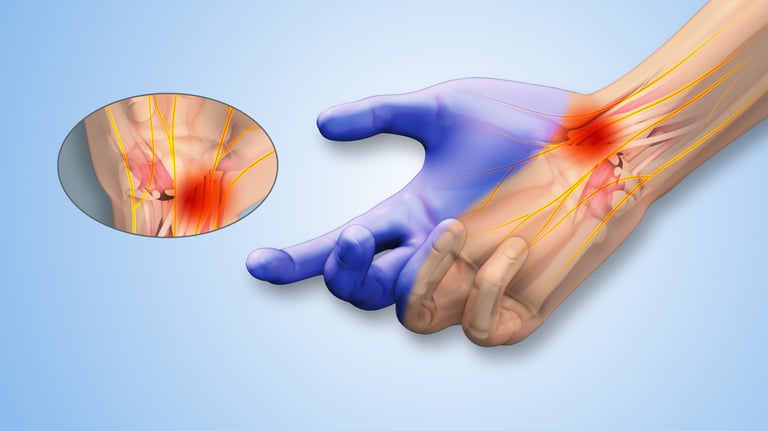

Carpal Tunnel Syndrome
Dr. Allie’s additional training and continual study of the peripheral nerves can be exactly what you need to understand your carpal tunnel symptoms and figure out what can be done to alleviate any pain, numbness, or tingling you may have. Chiropractic care for carpal tunnel may be able to prevent surgery, but your chiropractor will always communicate with you about your specific case, if surgery might be recommended for you.
Disc Herniation & Bulges
Herniated and bulging discs can cause pain, but not all disc herniations or bulges are created equal. Pain from disc-related issues can be local to your lower back, but it can also radiate to any part of your buttocks or leg and may cause numbness, tingling, burning, or weakness in the leg or foot.
Degenerative Disc Disease
Degenerative disc disease has an unfair reputation of causing of neck and low back pain. The degeneration often describes normal wear of the discs. Think of it like wrinkles on your skin. You cannot feel the wrinkles, except when you look in the mirror. However, if the degeneration progresses, and becomes advanced, it can cause pain.
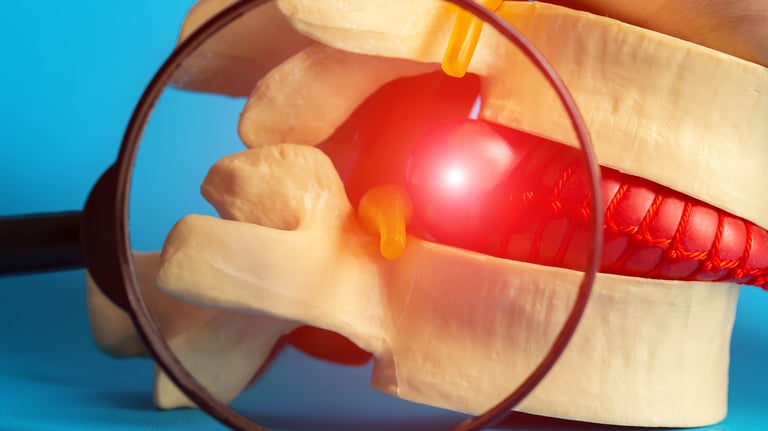

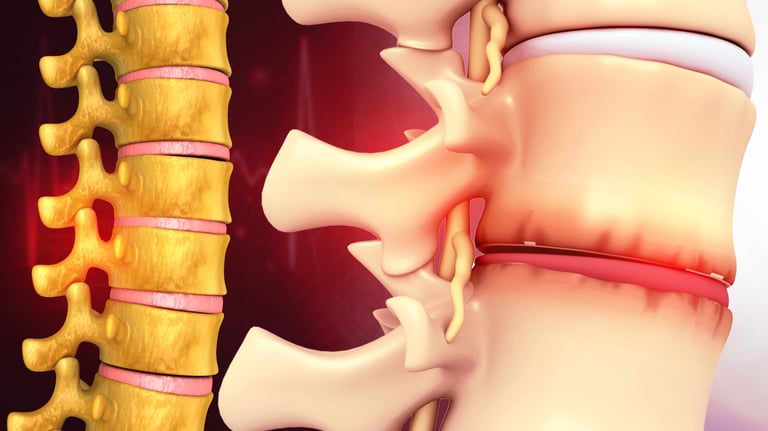

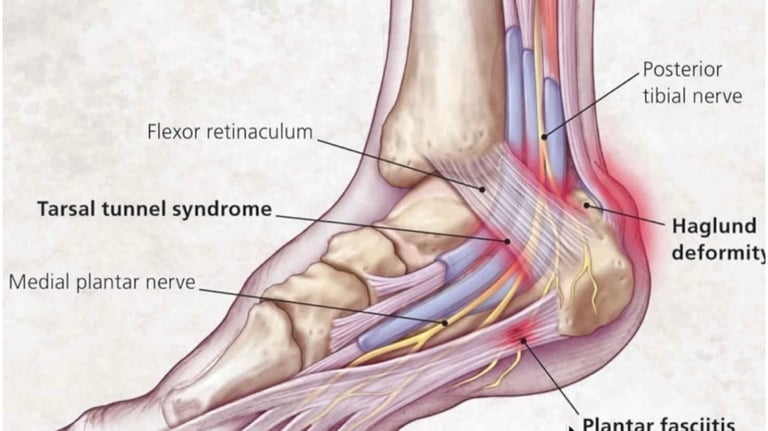

Plantar Fasciitis
Plantar fasciitis is a common descriptor for pain in the bottom of the foot. It is often painful with your first step after getting up, either from sleep or sitting. There are, however, a variety of other issues that can cause foot pain, from nerve impingement, to a sprain to one of the many joints in the foot, or even referred pain from the lower back, hip or knee.
Running Injuries
Runners and triathletes of all types, from the casual runner, the couch to 5k, and those training for longer distances, can suffer from pain or injury from time to time. From ITB syndrome, to shin splints, to plantar fasciitis or other repetitive use injuries, don’t wait until your pain is keeping you off your feet, bike, or out of the water.
Bunions
A bunion is a bony bump that forms at the base of the big toe, often caused by poor foot mechanics, genetics, or footwear choices. Bunions can lead to pain, swelling, and difficulty walking.
Not all bunions are forever, and not all bunions will require surgery. If a bunion is functional, instead of structural, and not too severe, it is possible to make improvements with corrective exercises that help improve motor control and strength in the foot and toe, and thereby help reduce pain.
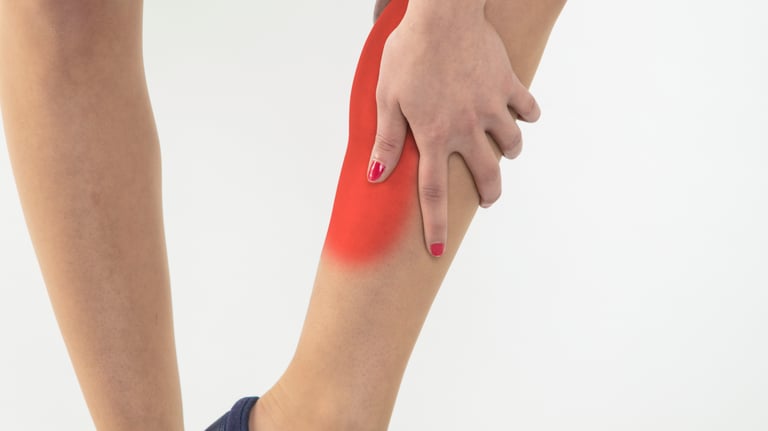


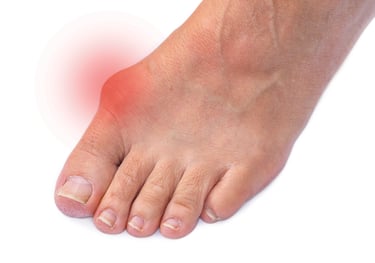
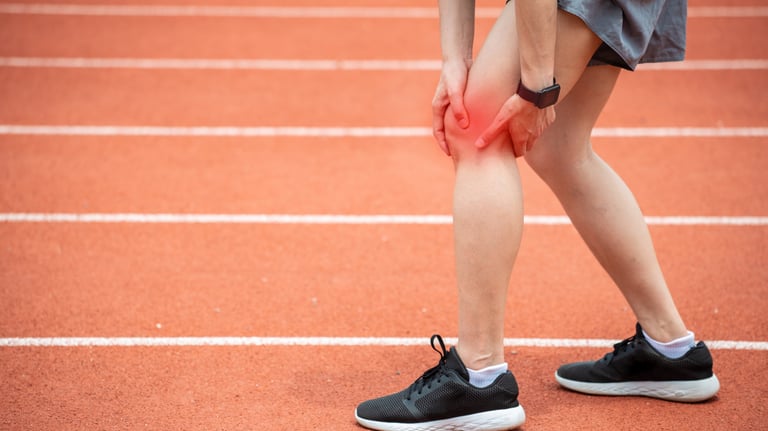

Knee Pain
Knee pain is common among all types of individuals, and can be difficult to get an answer that really helps. Pain in the knee can be from the structures within the knee itself, including the meniscus, the patellar tendon, and ligaments such as the MCL, LCL, ACL, and PCL. But pain in the knee can also be referred from other areas, including the lower back, hip (one example being ITB syndrome), and even up from the foot and ankle.
Muscle Tightness & Tension
Pain, tightness, and/or tension in the muscles can be related to almost anything, from desk ergonomics, to spending a significant amount of time sitting or sedentary, physical work and labor-intensive jobs, repetitive stress or overuse, mental or emotional stress, or even starting up a new hobby or activity.

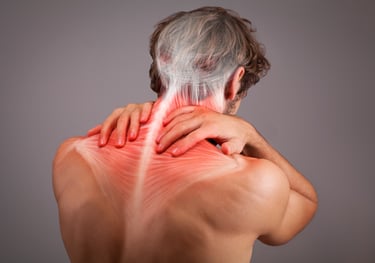
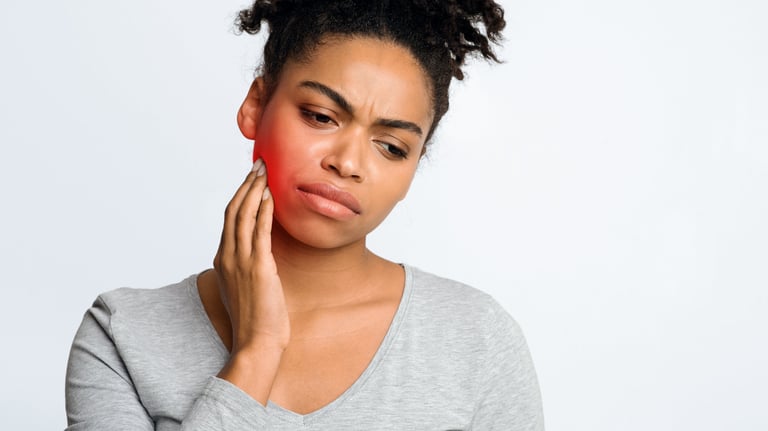



Arthritis Joint Pain
Arthritis refers to inflammation or degeneration of the joints that can cause pain, stiffness, and reduced mobility. Osteoarthritis occurs when cartilage wears down over time, and is most prevalent in the more sedentary population, while inflammatory arthritis, such as rheumatoid arthritis, results from an overactive immune response.
Jaw Pain (TMD)
Jaw pain, often related to dysfunction of the jaw joint, the temporomandibular joint (TMJ), can result from muscle tension, bite misalignment, teeth grinding, stress, or even referred from the neck or teeth. It may cause discomfort when chewing, headaches, or clicking in the jaw.
Stress & Anxiety
Stress and anxiety can take a major toll on both mind and body, contributing to muscle tension, headaches, injuries to tendons and muscles, sensitivity in the nerves, fatigue, and digestive and sleep issues.
Insomnia & Trouble Sleeping
Trouble sleeping and insomnia can stem from physical issues such as pain and muscle tension, mental stress, or hormonal imbalances, all of which affect the body’s ability to rest. Poor sleep can then worsen inflammation, slow recovery, and heighten pain sensitivity.





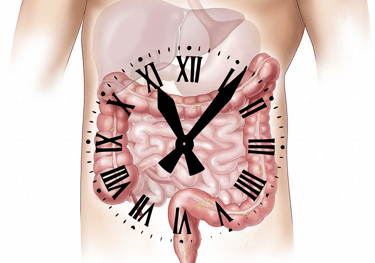
Constipation
Constipation occurs when bowel movements become infrequent or difficult to pass. It can result from stress, dietary choices, medication side effects, or even be referred from the muscles, joints, and nerves in the mid back.
Get Started Today
LOCATION & CONTACT
1111 SE Stephens Street
Portland, OR 97214
Parking is available out front
follow
© Neighborhood Chiropractic and Acupuncture LLC, 2025
ADDRESS
CONTACT
info@neighborhoodchiro.com
Ph: (503) 236-8701
Fx: (503) 236-8710
Subscribe Now
Stay updated on our services and offers
